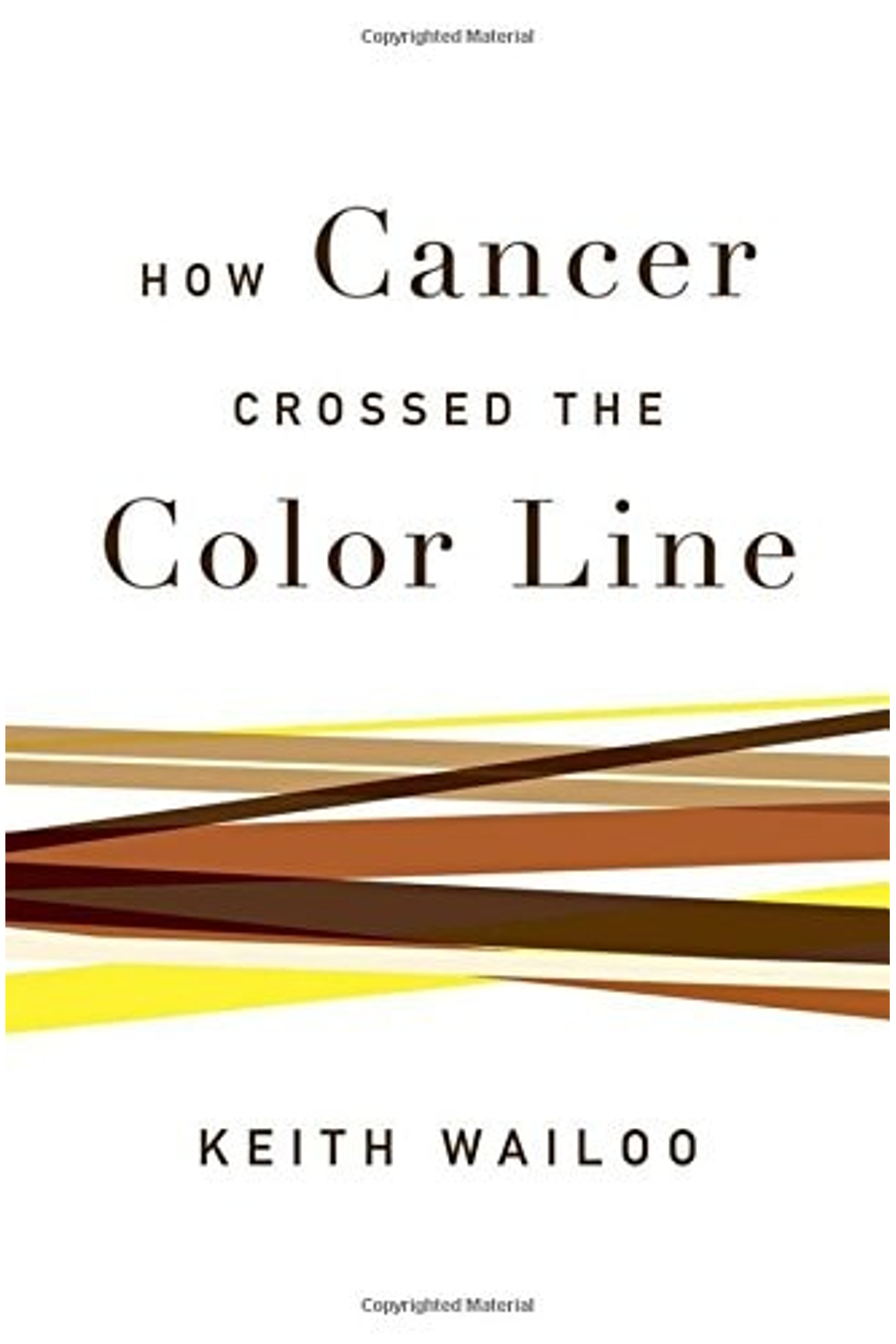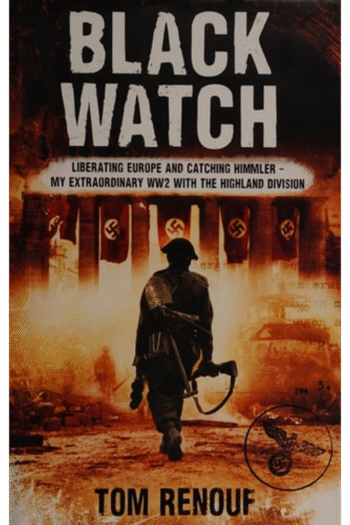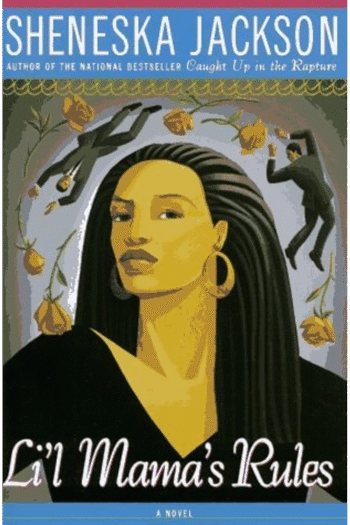Uncover the complex history of cancer’s perception and treatment in America with Keith Wailoo’s “How Cancer Crossed the Color Line.” This incisive book explores how race and gender have shaped cancer awareness, research, and healthcare disparities from the early 20th century to today. Wailoo meticulously examines the social, cultural, and political forces that transformed cancer from a “white woman’s disease” to a pervasive threat impacting diverse communities. He analyzes how factors like segregation, migration, and socio-economic inequalities influenced cancer rates and access to care. Through compelling narratives and rigorous research, Wailoo exposes the subtle yet profound ways race and gender continue to affect the war on cancer, making this a must-read for anyone seeking to understand the social determinants of health and the ongoing fight for health equity. This Oxford University Press hardcover edition provides a crucial historical perspective on a persistent public health challenge. Explore the intersection of medicine, society, and justice with this thought-provoking analysis.
How Cancer Crossed the Color Line
22,70 $
In stock
In the course of the 20th century, cancer went from being perceived as a white woman’s nemesis to a “democratic disease” to a fearsome threat in communities of color. Drawing on film and fiction, on medical and epidemiological evidence, and on patients’ accounts, Keith Wailoo tracks this transformation in cancer awareness, revealing how not only awareness, but cancer prevention, treatment, and survival have all been refracted through the lens of race.
Spanning more than a century, the book offers a sweeping account of the forces that simultaneously defined cancer as an intensely individualized and personal experience linked to whites, often categorizing people across the color line as racial types lacking similar personal dimensions. Wailoo describes how theories of risk evolved with changes in women’s roles, with African-American and new immigrant migration trends, with the growth of federal cancer surveillance, and with diagnostic advances, racial protest, and contemporary health activism. The book examines such powerful and transformative social developments as the mass black migration from rural south to urban north in the 1920s and 1930s, the World War II experience at home and on the war front, and the quest for civil rights and equality in health in the 1950s and ’60s. It also explores recent controversies that illuminate the diversity of cancer challenges in America, such as the high cancer rates among privileged women in Marin County, California, the heavy toll of prostate cancer among black men, and the questions about why Vietnamese-American women’s cervical cancer rates are so high.
A pioneering study, How Cancer Crossed the Color Line gracefully documents how race and gender became central motifs in the birth of cancer awareness, how patterns and perceptions changed over time, and how the “war on cancer” continues to be waged along the color line.
| Authors | |
|---|---|
| Binding | |
| Condition | |
| ISBN-10 | 0195170172 |
| ISBN-13 | 9780195170177 |
| Language | |
| Pages | 264 |
| Publisher | |
| Year published | |
| Weight | 482 |
| Edition | 1 |
Related products
Lil Mamas Rules: A Novel
15,14 $Spirit Horses
13,46 $
- Additional information
- Currencies
- USD – United States dollar
- EUR – Euro
- GBP – Pound sterling
- CNY – Chinese yuan
- BRL – Brazilian real
- MXN – Mexican peso
- JPY – Japanese yen
- PHP – Philippine peso
- THB – Thai baht
- PLN – Polish złoty
- CAD – Canadian dollar
- MYR – Malaysian ringgit
- AUD – Australian dollar
- TWD – New Taiwan dollar
- CZK – Czech koruna
- SEK – Swedish krona
- HUF – Hungarian forint
- ILS – Israeli new shekel
- CHF – Swiss franc
- HKD – Hong Kong dollar
- DKK – Danish krone
- SGD – Singapore dollar
- NOK – Norwegian krone
- NZD – New Zealand dollar





